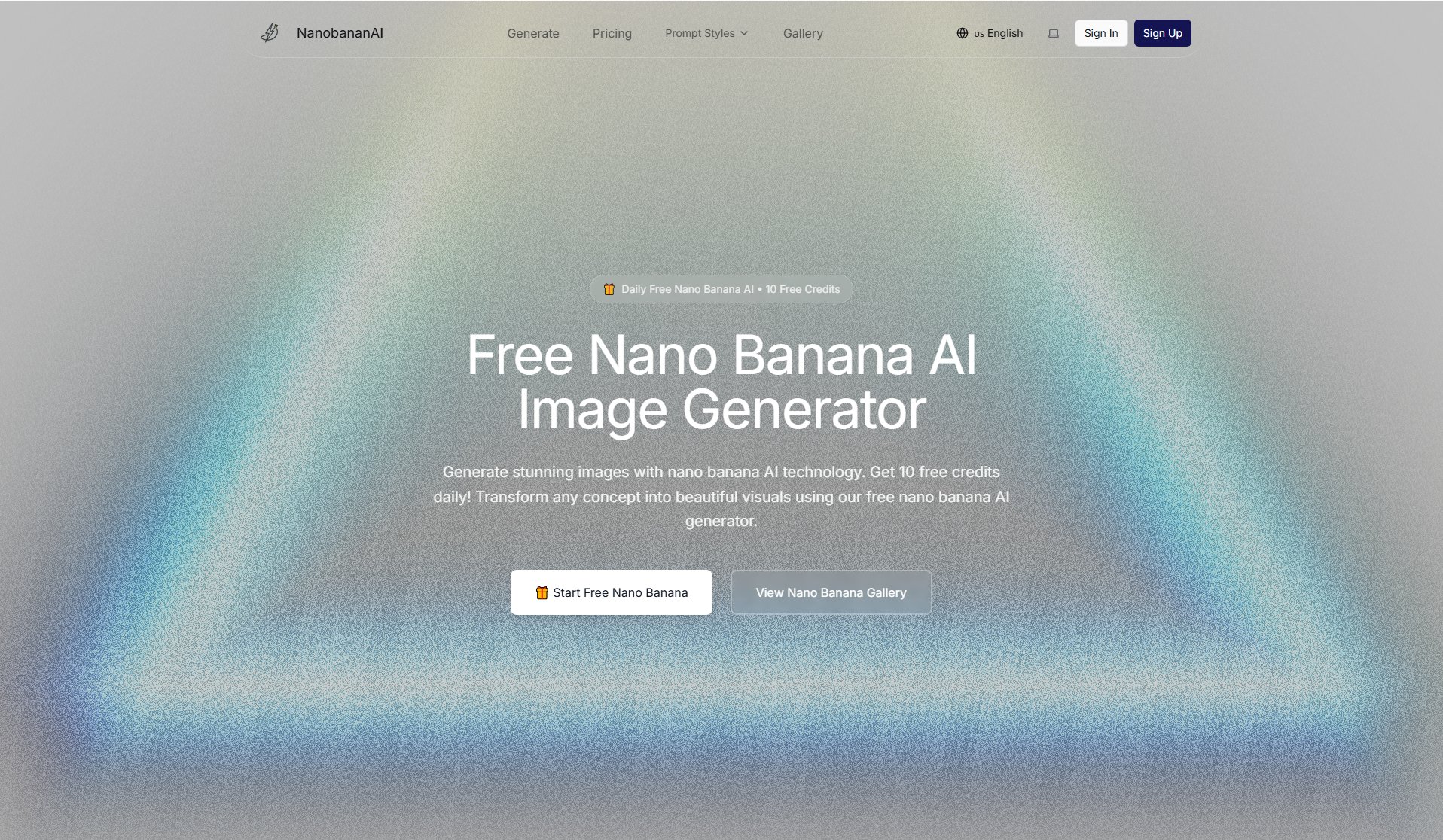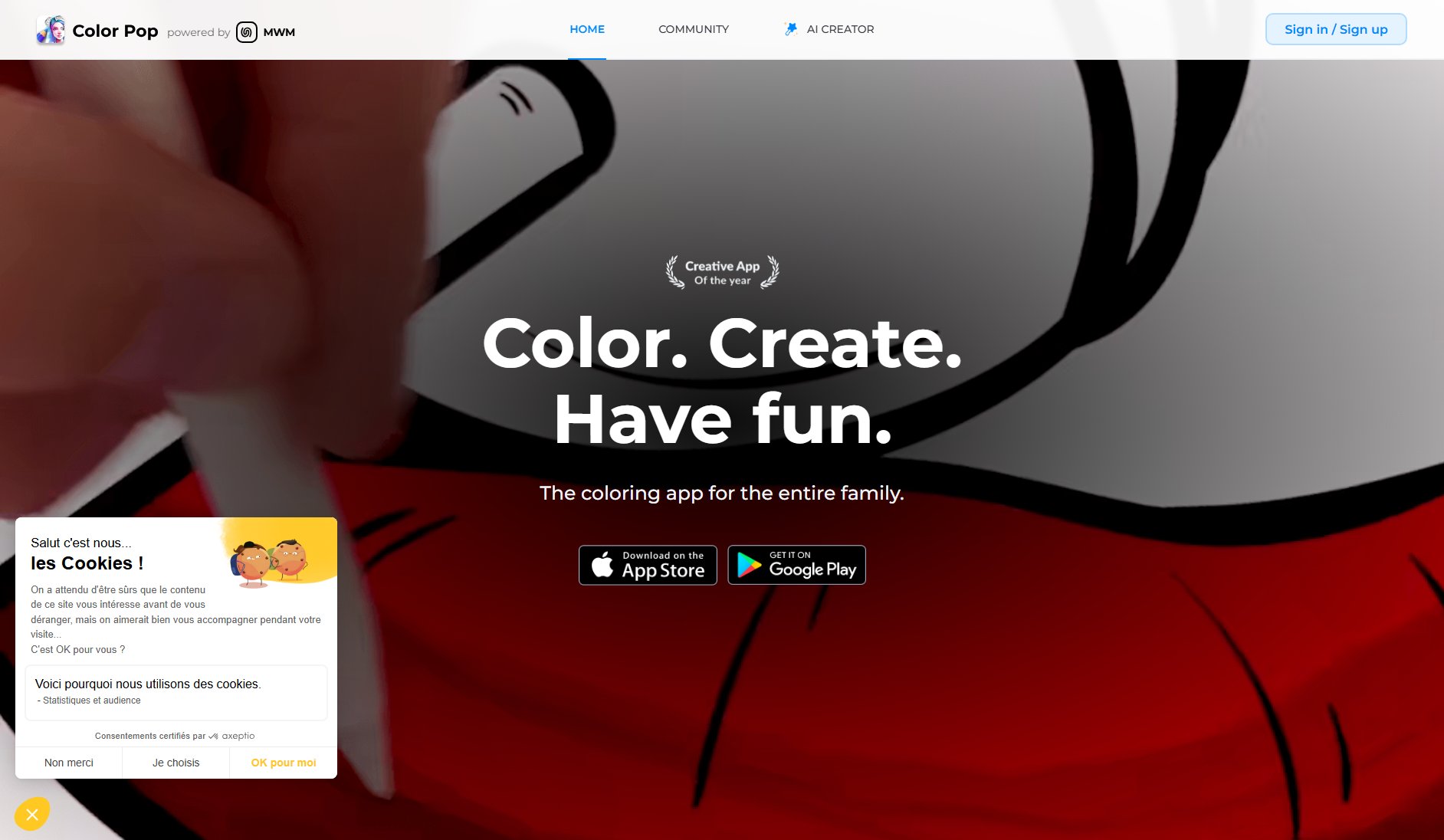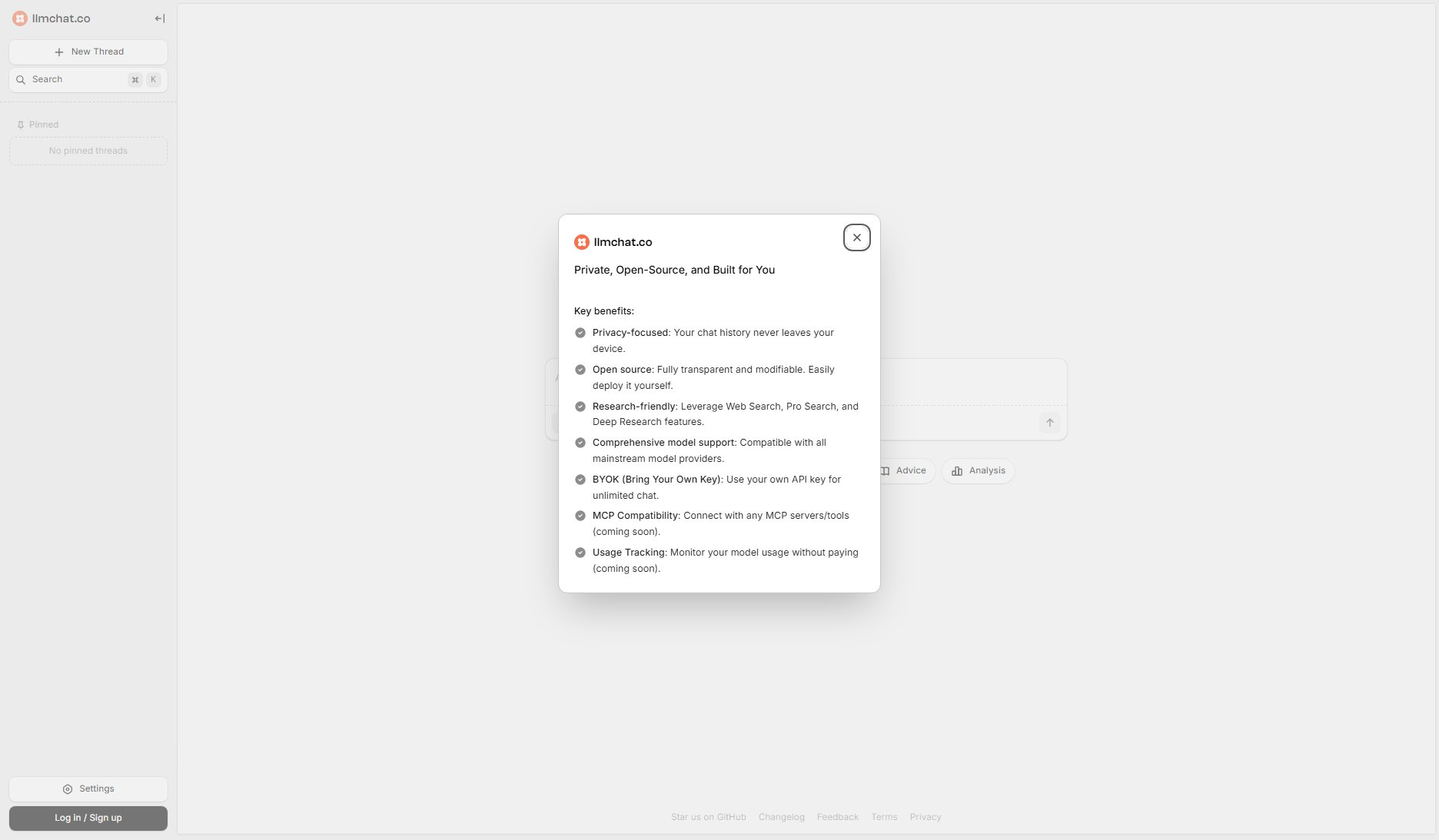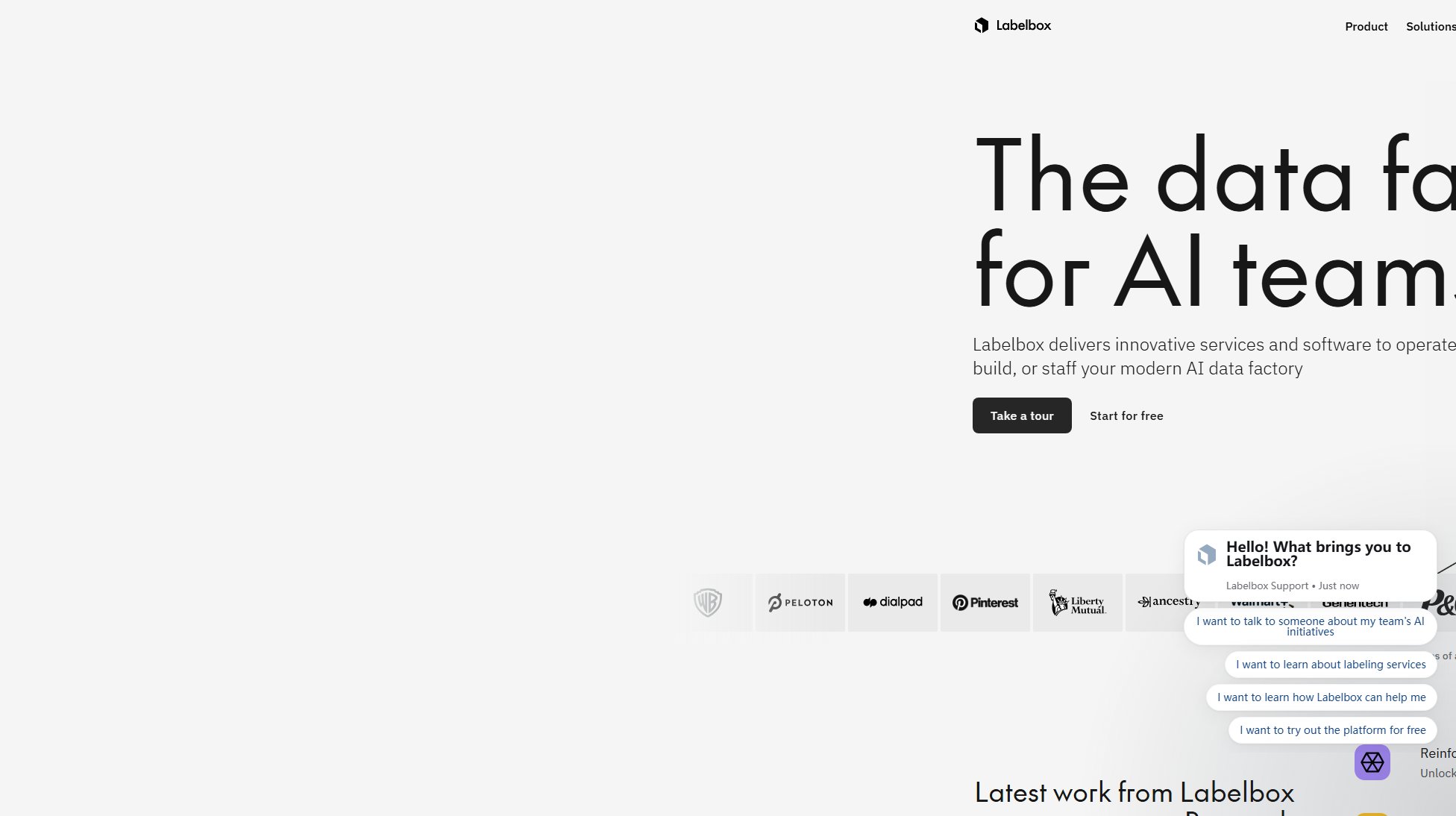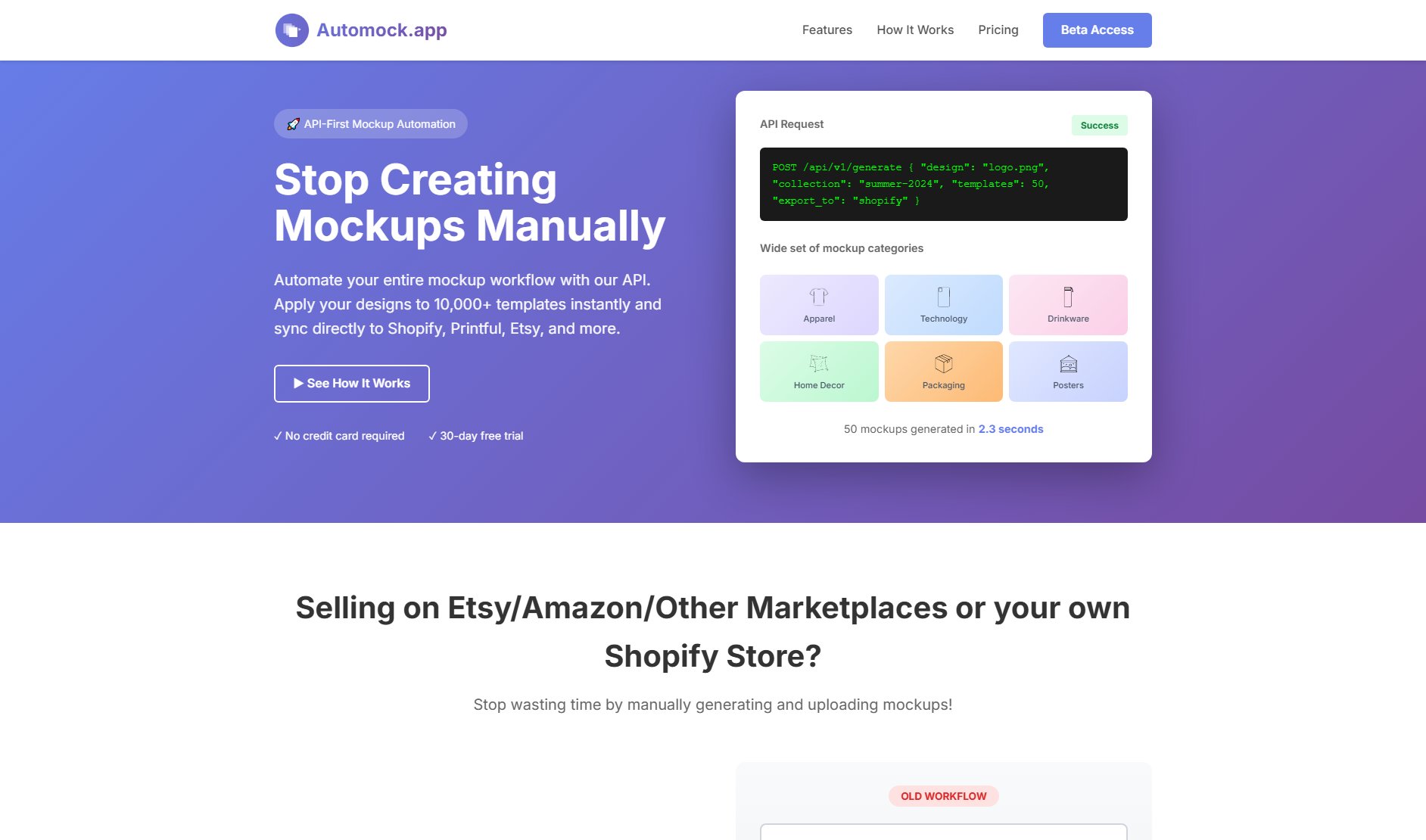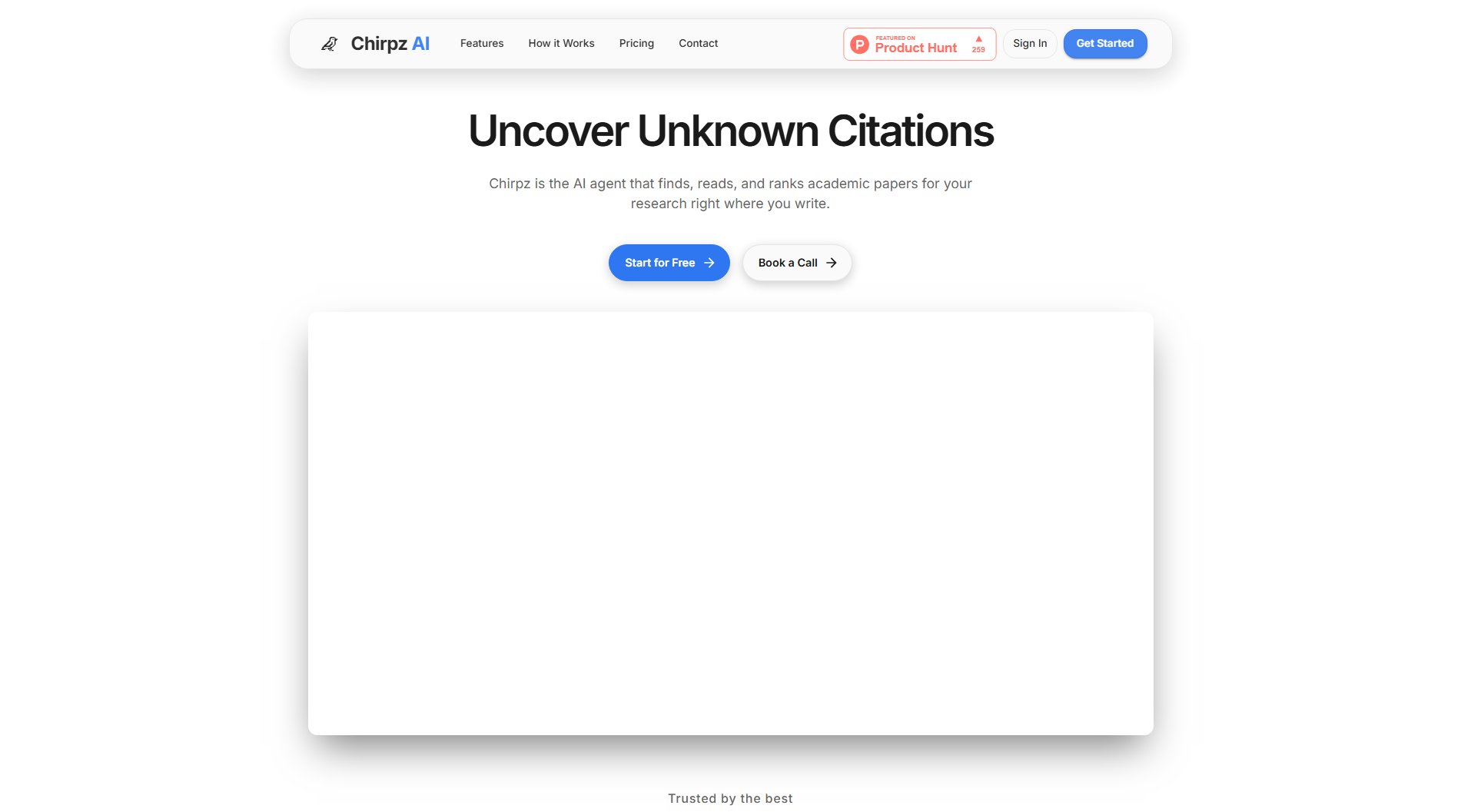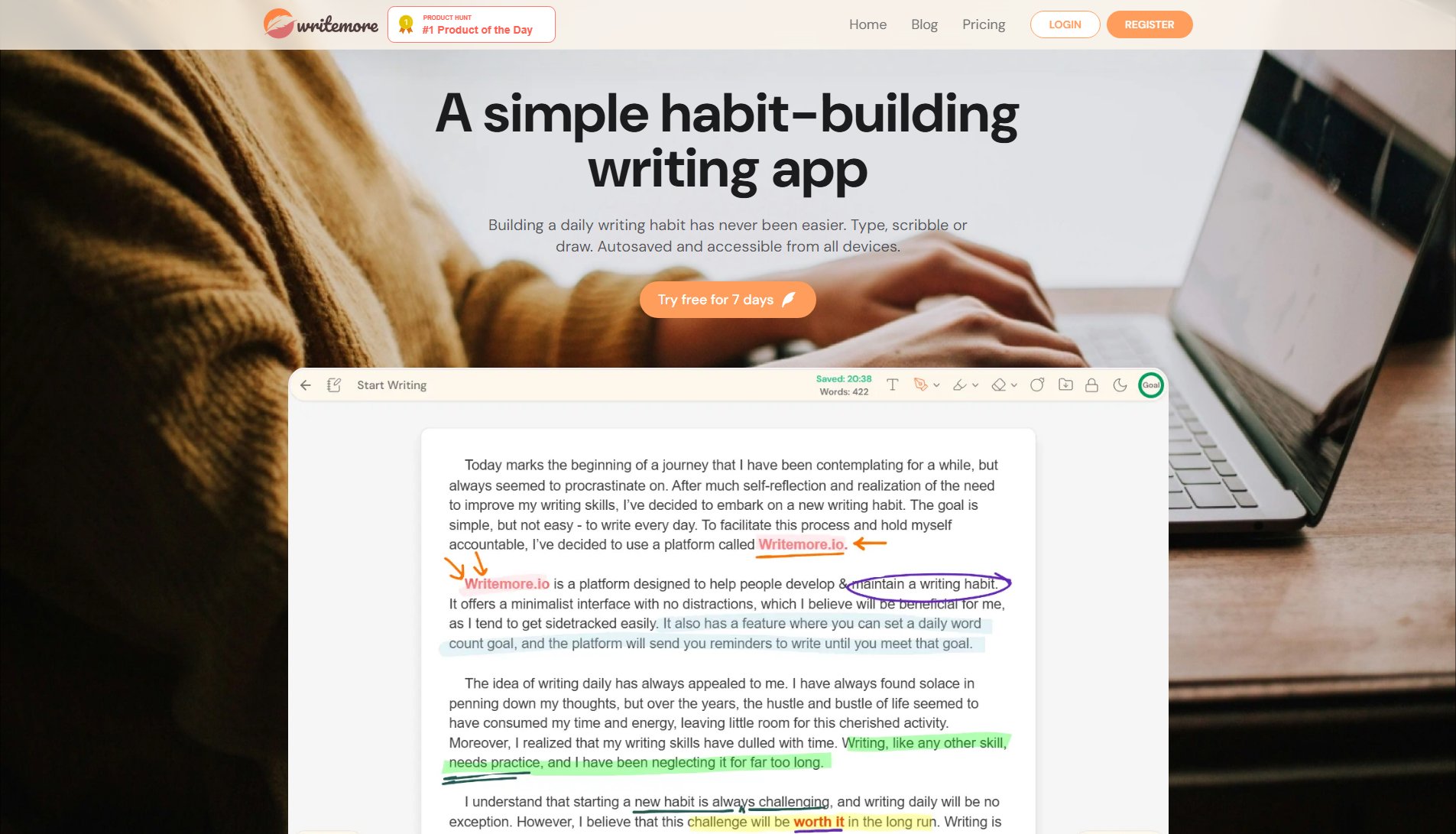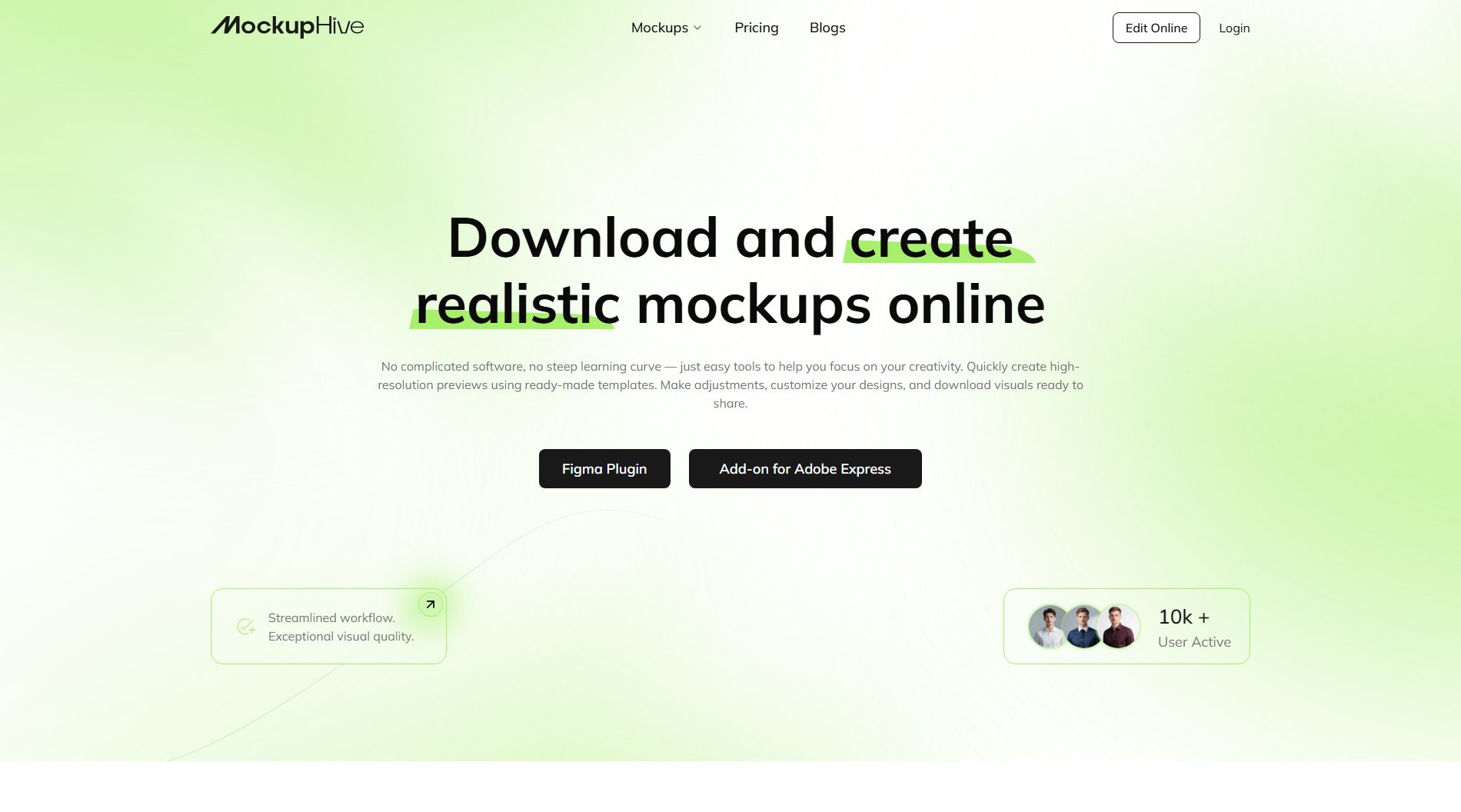The Asimov Institute
Exploring AI creativity for designers, artists, and innovators
What is The Asimov Institute? Complete Overview
The Asimov Institute is a non-profit AI research institute dedicated to exploring the intersection of deep learning and creativity. It focuses on fundamental breakthroughs in neural network research, advising on the societal and business impact of AI, and developing tools for creative industries such as architecture, graphic design, fashion, marketing, and music production. The institute leverages neural networks to generate novel products, content, styles, and ideas, making automated novelty a valuable asset across various sectors. Their team comprises researchers, designers, and artists who collaborate to push the boundaries of AI-driven creativity.
The Asimov Institute Interface & Screenshots
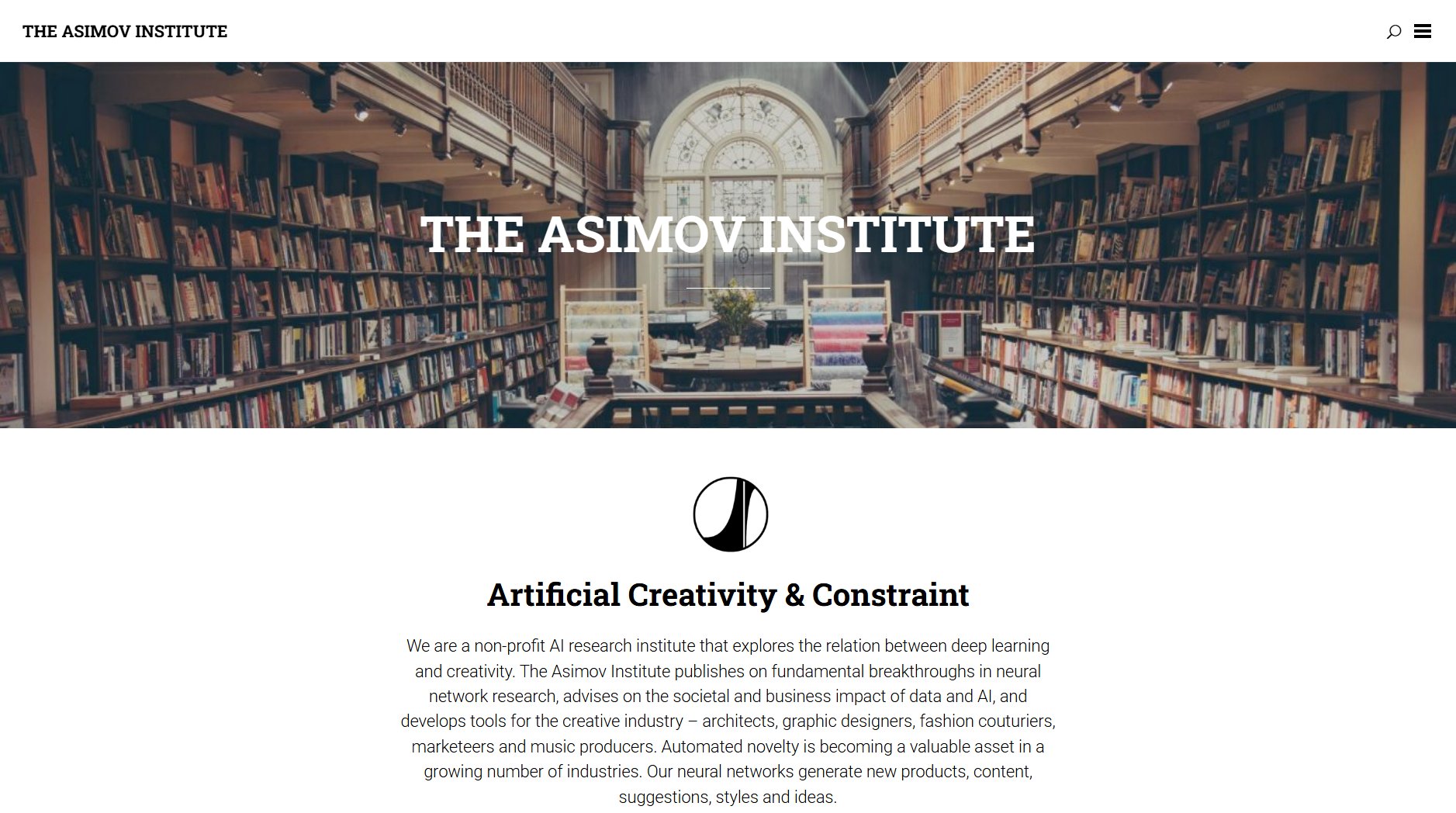
The Asimov Institute Official screenshot of the tool interface
What Can The Asimov Institute Do? Key Features
Neural Network Research
The Asimov Institute conducts cutting-edge research in neural networks, exploring their potential to enhance creativity and innovation. Their work includes developing new architectures and training methods to generate novel outputs in design, art, and other creative fields.
AI for Creative Industries
The institute provides tools and insights for architects, graphic designers, fashion designers, marketers, and music producers. Their AI solutions help these professionals generate new ideas, styles, and content, streamlining the creative process.
Inverse Surveillance AI
A unique project focused on developing AI systems that can counteract surveillance technologies. This initiative explores the ethical implications of AI and aims to create tools that protect privacy and autonomy in digital spaces.
Collaborative Research
The Asimov Institute fosters collaboration between researchers, artists, and technologists. Their interdisciplinary approach ensures that AI advancements are grounded in both technical rigor and creative expression.
Open-Source Contributions
The institute actively contributes to the open-source community, sharing code and research findings on platforms like GitHub and Bitbucket. This transparency encourages broader innovation and knowledge sharing in AI.
Best The Asimov Institute Use Cases & Applications
Fashion Design
Fashion designers can use the institute's AI tools to generate new clothing styles and patterns, reducing the time and effort required for manual design while introducing innovative aesthetics.
Architectural Innovation
Architects can leverage AI-generated designs to explore unconventional building structures and layouts, pushing the boundaries of modern architecture.
Marketing Content Creation
Marketers can utilize AI to produce unique and engaging content, such as ad copy, visuals, and campaign ideas, tailored to specific audiences.
Music Production
Music producers can experiment with AI-generated melodies and rhythms, blending human creativity with machine-generated novelty to create groundbreaking tracks.
How to Use The Asimov Institute: Step-by-Step Guide
Explore the Asimov Institute's research and projects on their website to understand their focus areas and available resources.
Contact the institute via email ([email protected]) to inquire about collaboration opportunities or access to their tools.
Participate in their hackathons or research initiatives, such as the Inverse Surveillance AI Hackathon, to contribute to cutting-edge AI projects.
Leverage their open-source repositories on GitHub or Bitbucket to integrate their AI models and tools into your own creative projects.
The Asimov Institute Pros and Cons: Honest Review
Pros
Considerations
Is The Asimov Institute Worth It? FAQ & Reviews
No, the Asimov Institute is a non-profit research institute focused on advancing AI for creative and ethical applications.
You can reach out to the institute via email ([email protected]) to discuss potential collaborations or participation in their projects.
Some tools and research findings are available as open-source projects on platforms like GitHub and Bitbucket, while others may require direct collaboration.
The institute focuses on creative industries such as architecture, graphic design, fashion, marketing, and music production.
While the website does not explicitly mention workshops, their research publications and open-source projects serve as valuable educational resources for AI and creativity.
